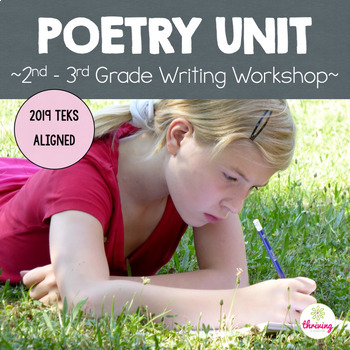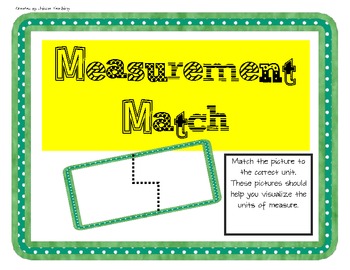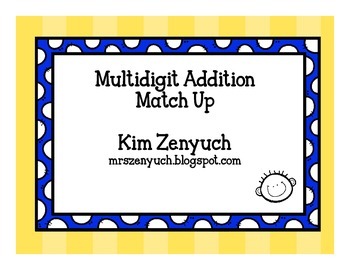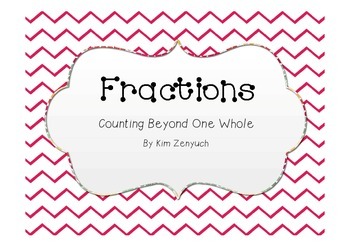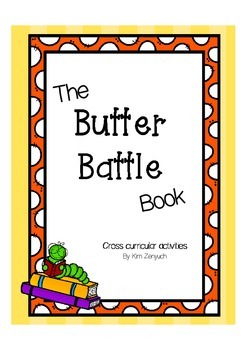I have hosted a daily class meeting nearly every day since I started teaching. This year, I moved to a new district, received some seriously awesome PD, and began questioning whether I was wasting time with my daily meetings. I wondered if I would have more time for content if I removed the meeting. After all, a quality meeting takes about 15-20 minutes, and my instruction during that time isn't necessarily standards-based.
I experimented with having meetings only twice a week and using share time to cover specific content. After about a month, I realized that my students weren't as focused on their work, and I wasn't as focused on teaching. Sadly, we were focused on resolving conflicts, setting goals about using physical violence to solve problems at school, and handling social concerns. Temper tantrums in my classroom were at an all-time high.
Enter the return of Morning Meeting! I know this sounds crazy, but I definitely noticed a difference on the days we had our class meetings... So I brought them back. I modified the content to better fit the meeting structure and returned to running the meeting the way Responsive Classroom suggests, with a few additions from Open Circle.
My classroom is back to running smoothly, and I am no longer spending every waking moment trying to figure out how to solve behavior problems that I haven't ever experienced before. It turns out, I was having a tricky year, because I removed some of the structures that helped the students learn social skills they were applying throughout the day. Never again!
There's SO MUCH that I could say about Morning Meeting, why it's awesome, and how to run it. Here are a few basics to get you started if you've never done it before. Stay tuned for more specific details and ways I've started embedding content into our meeting in a way that is a little more authentic and effective for both the social skills and the content.
If you've never tried it before, please let me know how it goes! I'm rooting for you!
My classroom is back to running smoothly, and I am no longer spending every waking moment trying to figure out how to solve behavior problems that I haven't ever experienced before. It turns out, I was having a tricky year, because I removed some of the structures that helped the students learn social skills they were applying throughout the day. Never again!
There's SO MUCH that I could say about Morning Meeting, why it's awesome, and how to run it. Here are a few basics to get you started if you've never done it before. Stay tuned for more specific details and ways I've started embedding content into our meeting in a way that is a little more authentic and effective for both the social skills and the content.
If you've never tried it before, please let me know how it goes! I'm rooting for you!
Here's the template I created to plan my meetings. Click HERE for the freebie.
Typically, I plan the meetings at the beginning of the year. Once
students get used to the structure and know a bunch of greetings and
activities, I step out of it and allow them to choose what they'd like
to do. This is a gradual process, of course, and it allows them to take on leadership and ownership of some of our activities.
I also run the meeting at the beginning of the year. This year, I led the meeting for the first month of school. In fourth and fifth grade, I only run it for a week. In Kindergarten, I ran it for the first half of the year. Once we have our first class election, I invite the president to take over the meeting. Other teachers I know have had the student of the week run the meeting.
Once the president takes over, I really only lead the message portion of the meeting. Each day, my students enter the classroom and read the morning message, which is a letter I've written to them.
At the beginning of this in kindergarten, the message looked like this:
Here's a letter I recently used in second grade. We were working on stamina and reading the WHOLE way through something to glean all the information, so it's much longer than a usual letter.
I also run the meeting at the beginning of the year. This year, I led the meeting for the first month of school. In fourth and fifth grade, I only run it for a week. In Kindergarten, I ran it for the first half of the year. Once we have our first class election, I invite the president to take over the meeting. Other teachers I know have had the student of the week run the meeting.
Once the president takes over, I really only lead the message portion of the meeting. Each day, my students enter the classroom and read the morning message, which is a letter I've written to them.
At the beginning of this in kindergarten, the message looked like this:
Here's a letter I recently used in second grade. We were working on stamina and reading the WHOLE way through something to glean all the information, so it's much longer than a usual letter.
As I said, I love Morning Meeting and teaching social skills, and I'd love to hear how it's working in your classroom! Please share your wisdom (or questions) in the comments or shoot me an email and let me know what's working (or not) for you.

